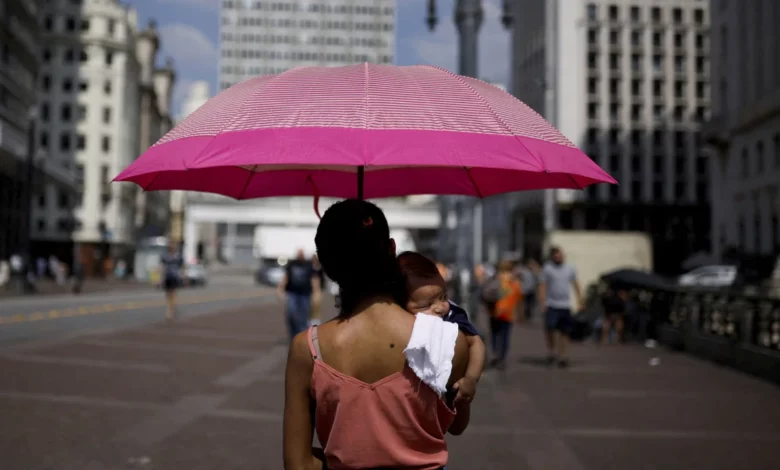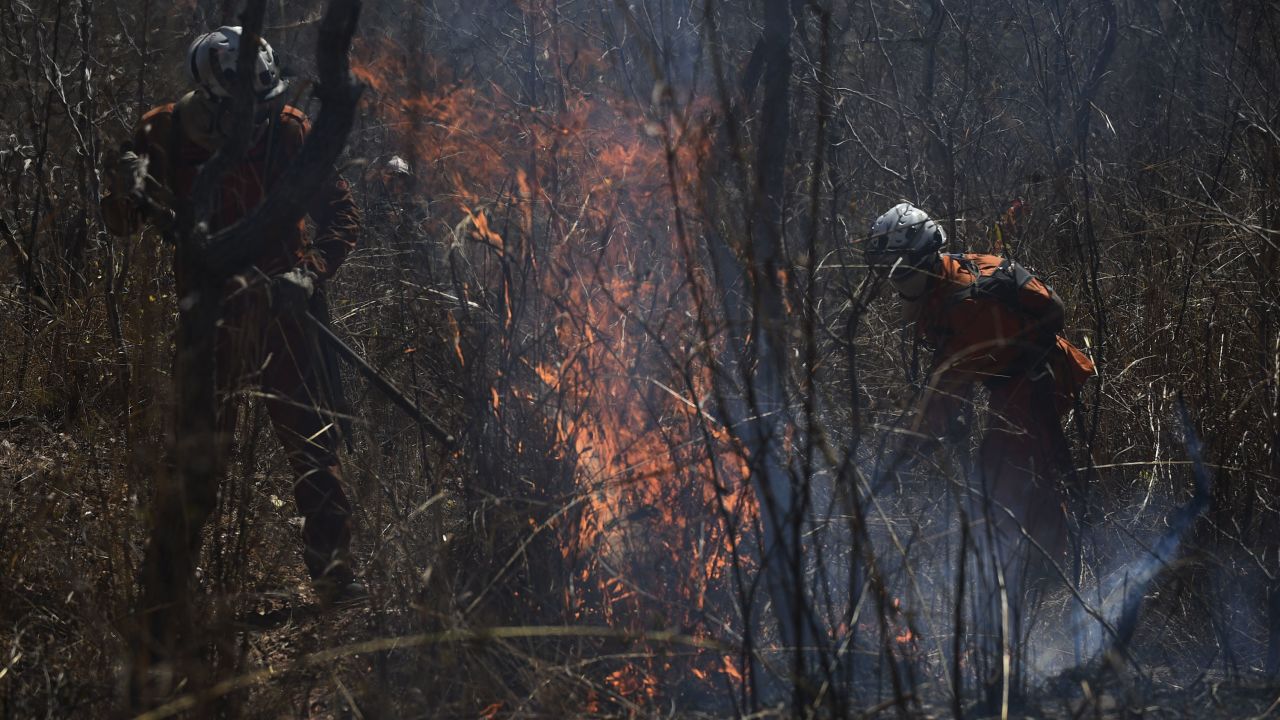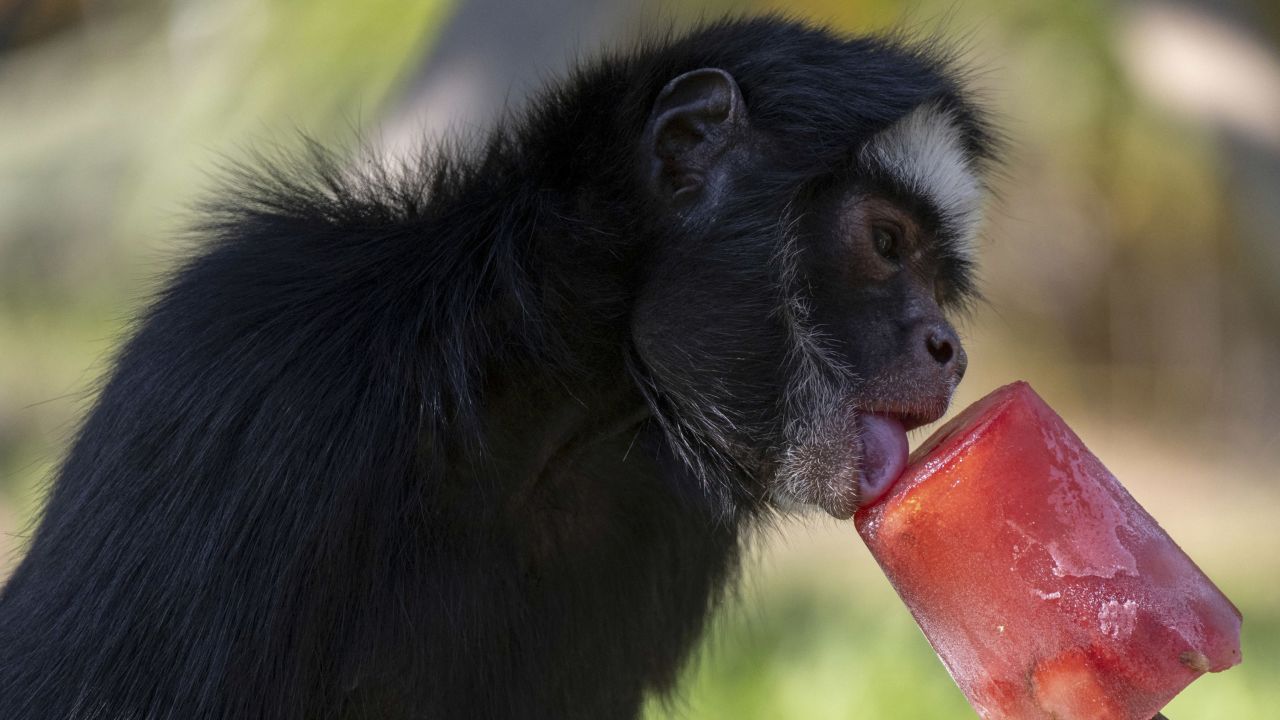
Peru, Bolivia, Paraguay, Argentina and Brazil have all experienced record September temperatures, with some all-time records at risk of falling as the heat continues into the week.
The very high temperatures are the result of a heat dome, which occurs when a ridge of high pressure builds over an area and stays for days or even weeks, trapping hot air. El Niño, a natural climate pattern that originates in the tropical Pacific Ocean, has also increased the heat, as has the underlying trend of human-caused global warming.
Peru has experienced some of the most extreme temperatures in September, which is usually a temperate month.
The town of Puerto Esperanza saw temperatures climb above 40 degrees Celsius, an extreme rarity for the country, and only 1 degree Celsius shy of the its all-time highest temperature of 41.1 degrees Celsius (106 Fahrenheit).
Towns and cities across several other South American countries also saw September heat records topple on Sunday, including:
- Filadelfia, western Paraguay, 44.4 degrees Celsius (112 Fahrenheit)
- Trinidad in Bolivia, 39.5 degrees Celsius (103)
- Las Lomitas, Argentina, 43.6 degrees Celsius (110 Fahrenheit).
Heat was particularly widespread in Brazil, where temperatures reached 40 degrees Celsius in 11 states on Sunday, according to weather company MetSul Meteorologia.
São Paulo reached 36.5 degrees Celsius (98 Fahrenheit), the city’s highest September temperature since 1943, according to INMET, the national meteorological service. These scorching temperatures capped off the city’s warmest winter in more than six decades.
Abnormally high temperatures have also increased the fire risk in the country, with wildfires breaking out last week in Bahia state.


The extreme heat is expected to continue across parts of South America well into this week, with the potential for more records to be broken.
“More of the same – or worse – is unavoidable,” said Maximiliano Herrera, a climatologist and weather historian who tracks extreme temperatures.
Other parts of the Southern Hemisphere are also experiencing an exceptionally hot spring, including Australia, which is grappling with unusually high temperatures and dozens of bushfires. The country is experiencing “a September like none before, after the warmest winter on record,” Herrera said in a post on X (formerly known as Twitter).
Between June and August, 98 percent of humanity experienced climate change-fueled temperatures, according to a recent analysis from climate research group Climate Central.
“In every country we could analyze, including the Southern Hemisphere where this is the coolest time of year, we saw temperatures that would be difficult — and in some cases nearly impossible — without human-caused climate change,” Andrew Pershing, vice president of science for Climate Central, said in a statement earlier this month.
Extreme heat is one of the clearest signs of climate change, as humans continue to burn planet-heating fossil fuels. The Northern Hemisphere experienced its hottest summer on record this year, with June, July and August all breaking global monthly heat records.
As the abnormal heat continues, the signs are pointing to September also being the hottest such month on record.
There is now a more than a 93 percent chance that this year will be the warmest on record, according to the United States’ National Atmospheric and Oceanographic Administration.
CNN’s Brandon Miller contributed reporting



